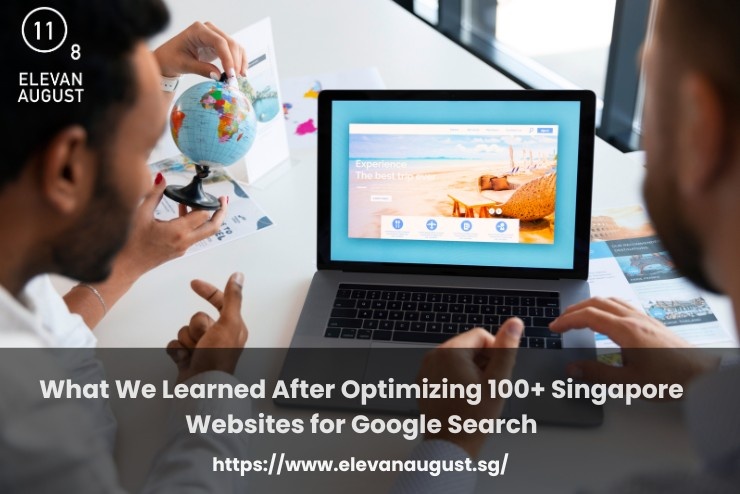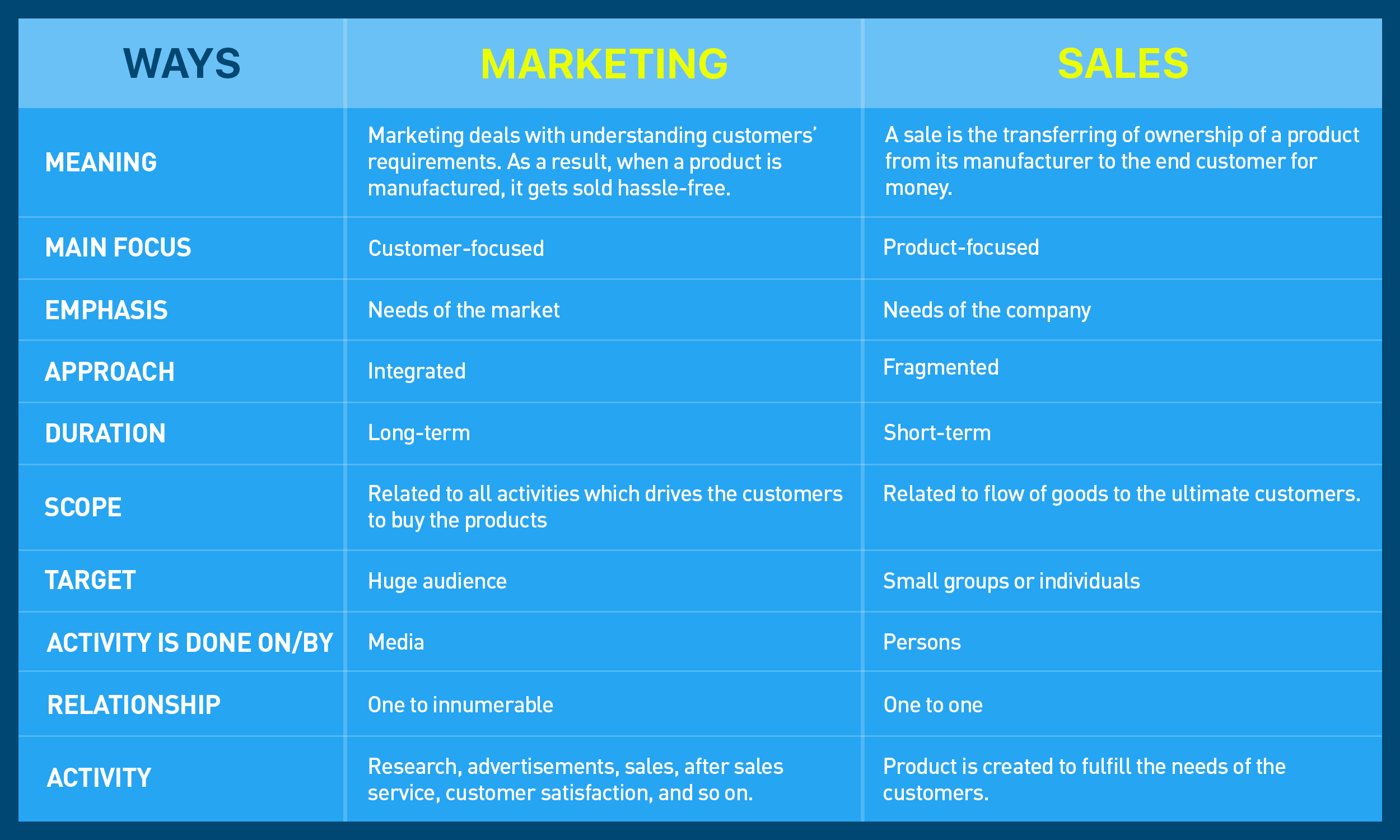Most SEO audits don’t reveal anything shocking. It’s rarely a single broken tag or a missing sitemap.
But after reviewing and optimizing over 100 websites built by businesses across Singapore (from finance to education to ecommerce), patterns began to form.
The issues weren’t always technical.
In fact, some of the slowest-growing sites were technically sound. What they lacked was alignment between structure, content, and how users actually search.
Here are seven things that stood out once we looked past the surface.
1. Pages that win usually match the language of the searcher, not the business
Many sites speak like brochures. “Customized digital solutions.” “Empowering your growth.” These phrases sound sharp in a brand workshop but have little use in a search query.
What worked better: pages written in the same language your customer uses when searching. We saw a property site rank faster when it shifted from “bespoke real estate consultancy” to “property agent for landed homes.”
Google picks up on practical language because searchers use it. When a business adopts that tone on-page, clicks follow naturally.
2. Content hierarchy gaps confuse both Google and users
A well-written page can still underperform if its structure lacks logic. We saw this often on service pages—strong copy buried under stacked visuals or oversized headers.
Google reads from top to bottom. If it takes 400 pixels to reach a headline that signals purpose, the crawler may deprioritize that page. Users behave similarly. They skim.
The fix wasn’t just technical. It involved rewriting headings to mirror user questions, placing summaries above the fold, and building each page around one clear purpose. Rankings moved when content followed a cleaner mental model.
3. Sites with speed issues almost always had underperforming mobile rankings
A slow desktop page can get away with more than a slow mobile one. This showed up repeatedly in Singapore audits where mobile-first behavior is common.
Sites with fancy homepage animations, oversized banners, or multiple third-party embeds consistently lost ground on mobile search. And often, the teams managing them never saw it, because they checked speed on desktop.
Compression helped. But reducing visual bloat and switching to more lightweight templates made the biggest difference. One ecommerce brand gained 27% more mobile clicks in a month from this alone.
4. Internal linking wasn’t just about SEO, it shaped session depth
We tracked dozens of session recordings to understand how users moved between pages. The best-performing sessions always had one thing in common: momentum.
Sites that offered links to relevant blog posts, comparisons, FAQs, or pricing near high-intent sections led users deeper.
On the flip side, standalone pages with no links (even if they ranked) saw short visits and higher exits. Internal links didn’t just help rankings. They increased the chance that visitors explored, engaged, and converted.
5. Blog posts that ranked fastest were written with search intent already in mind
We saw countless posts that read like internal updates or thought leadership. They were well-written, but they weren’t discoverable.
The ones that performed had a different starting point. They were built on search data, not marketing calendars. A logistics company got results from “how to clear customs in Singapore” while ignoring generic topics like “why logistics matters.”
The difference was utility. Google prioritizes content that teaches, solves, or clarifies. Starting with real search behavior, then writing for humans, worked every time.
6. High-performing pages respond to doubts before users ask
When we looked at service pages that ranked and converted well, a pattern stood out. They gave answers early, not after a click, not hidden in a dropdown.
Instead of letting users wonder what happens next, they walked through the process. One SaaS client saw stronger leads and shorter sales cycles just by adding a short section explaining what to expect after booking a demo.
That kind of clarity makes people stay. And when they stay longer, Google takes notice. Because attention is one of the strongest quality signals you can send.
7. Trust signals made or broke authority, especially for new pages
Google’s quality algorithm favors content that feels credible. We saw this most clearly on newer sites or pages trying to break into competitive spaces.
Pages that included author bios, credentials, citations, or even “last updated” tags outperformed those that didn’t.
In one case, a health site gained better visibility simply by attributing articles to named contributors with real-world experience. Authority cues mattered more than word count or design, especially for high-stakes topics.
Final Thoughts
We’ve seen the biggest shifts come from small, overlooked details, not sweeping redesigns or trendy tactics.
At Elevan August, a leading SEO Agency Singapore, our focus stays on making sure each site sends the right cues — both to Google and to the people landing on it. That means structure that makes sense, content that answers quickly, and signals that build trust.
If your pages already carry value but search results say otherwise, there’s likely a disconnect we can solve. We’re here to help you rebuild that clarity where it counts most. Get in touch with us today.






